Table of Contents
Introduction to Sazon
Sazon is a traditional Latin American seasoning blend essential for authentic dishes. Here's the simple recipe to make it at home with common ingredients: combine 2 tablespoons garlic powder, 1 tablespoon onion powder, 1 teaspoon annatto powder, 1 teaspoon oregano, 1 teaspoon cumin, 1 teaspoon paprika, 1 teaspoon salt, and 1/2 teaspoon black pepper. Store in an airtight container for up to 12 months.
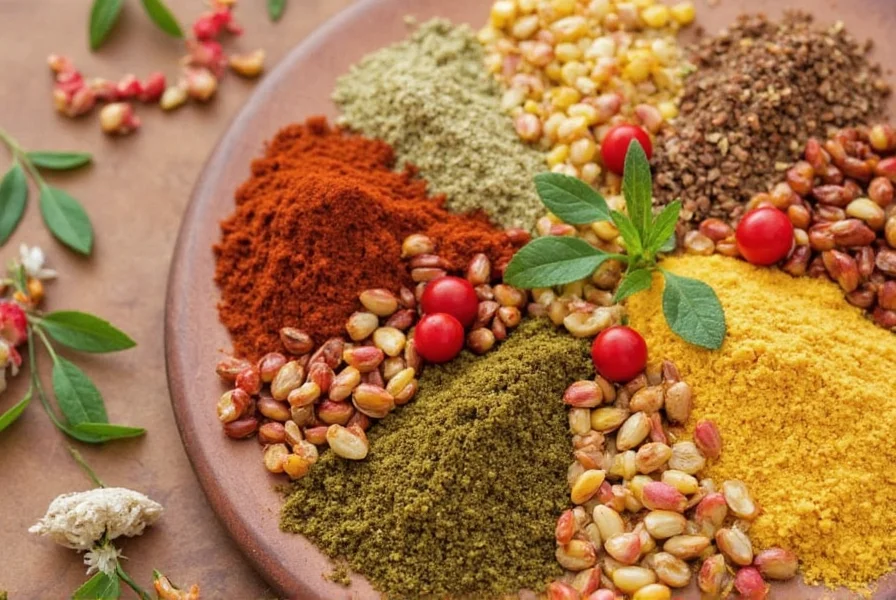
What Is Sazon?
Sazon is a traditional seasoning blend used in many Latin American countries, especially in Puerto Rican, Dominican, and Cuban cuisines. It's a mix of ground spices that gives food a rich, savory, and slightly smoky taste. The name itself comes from the Spanish word sazonar, which means "to season."
The typical ingredients in sazon include garlic powder, onion powder, annatto (achiote), oregano, cumin, paprika, salt, and black pepper. Annatto provides the signature golden color and earthy depth that defines authentic sazon.
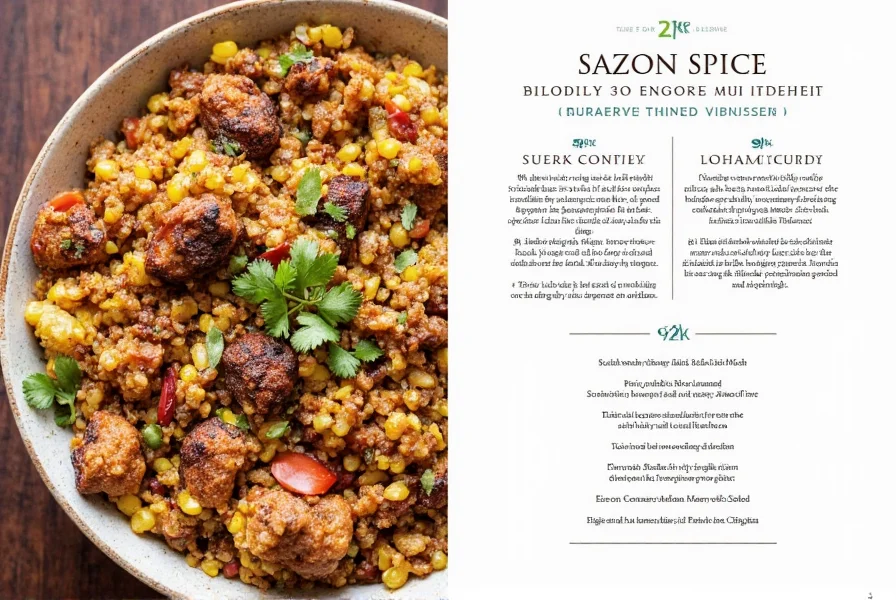
Why Use Sazon?
If you're looking for a quick way to elevate your dishes, sazon is your go-to spice. Here's why it's so popular:
- Flavor Boost: Sazon adds layers of flavor that can transform simple ingredients into something extraordinary.
- Versatility: It works with everything from rice and beans to meats, vegetables, and even soups.
- Time-Saver: Using pre-made sazon saves you the hassle of grinding and mixing individual spices every time.
- Cultural Connection: Cooking with sazon connects you to the rich culinary traditions of Latin America.
How to Make Your Own Sazon Spice Recipe
| Ingredient | Quantity |
|---|---|
| Garlic Powder | 2 tablespoons |
| Onion Powder | 1 tablespoon |
| Annatto (achiote) Powder | 1 teaspoon |
| Oregano | 1 teaspoon |
| Cumin | 1 teaspoon |
| Paprika (smoked or sweet) | 1 teaspoon |
| Salt | 1 teaspoon |
| Black Pepper | 1/2 teaspoon |
Combine all ingredients in a bowl and mix thoroughly. Store in an airtight container away from heat and light. This recipe makes approximately 4 tablespoons of sazon.
For optimal flavor, toast whole spices before grinding. Add 1/4 teaspoon turmeric for extra color if annatto is unavailable. Avoid commercial blends with anti-caking agents for purer flavor.
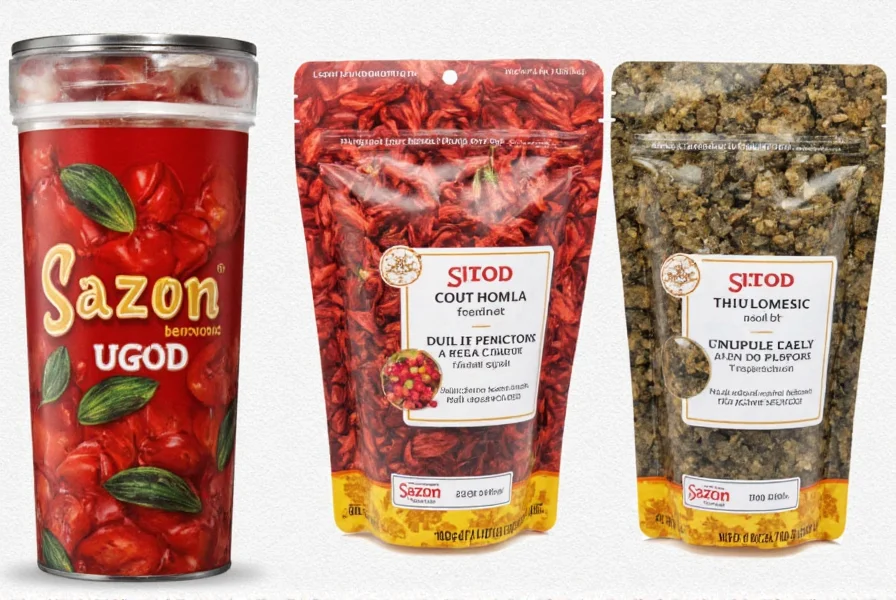
Sazon in the Kitchen: Tips and Tricks
Now that you have your sazon spice recipe, here are some tips to help you use it effectively:
- Season Early: Add sazon during the initial sautéing stage to allow flavors to bloom.
- Balance Salt: Reduce additional salt in recipes since commercial sazon blends are often high in sodium.
- Pair with Acid: Finish dishes with lime or lemon juice to enhance sazon's complexity.
- Storage Matters: Keep in a cool, dark place; silica gel packets prevent clumping for longer freshness.
- Customize: Adjust ratios based on regional preferences - Puerto Rican sazon often has more annatto, while Cuban versions emphasize cumin.
For maximum impact, apply sazon to proteins 30 minutes before cooking to allow flavors to penetrate.
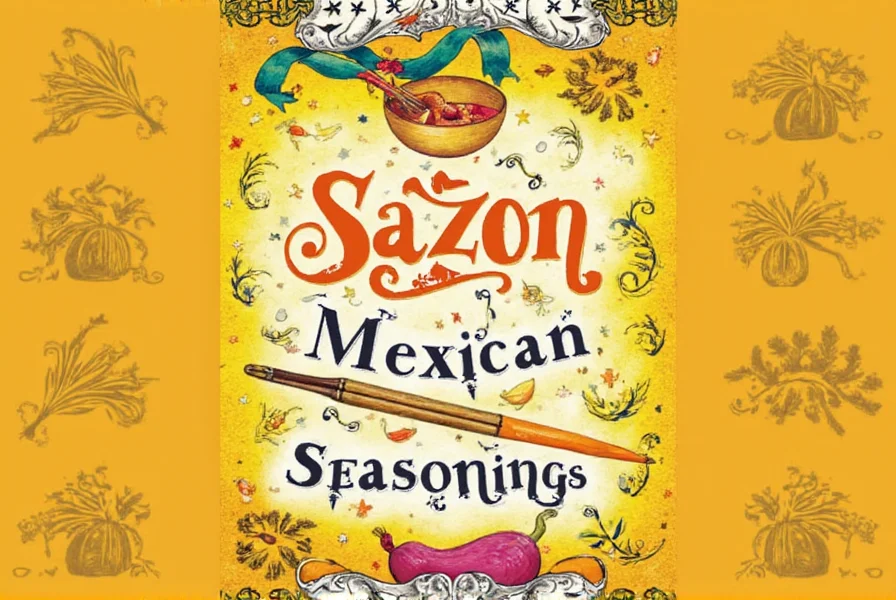
Buying Guide for Sazon Spices
When purchasing pre-made sazon, look for these key features:
1. La Cocina Sazon
- Features: Traditional blend with authentic Latin American spices including annatto.
- Advantages: No artificial additives, perfect for traditional dishes like arroz con gandules.
- Best For: Home cooks seeking authentic flavor profiles.
2. Goya Sazon
- Features: Consistent quality with balanced annatto and cumin ratios.
- Advantages: Widely available and affordable for everyday cooking.
- Best For: Busy households needing reliable flavor.
3. Tierra Mia Sazon
- Features: Organic, non-GMO ingredients with no anti-caking agents.
- Advantages: Ideal for health-conscious consumers and clean eating.
- Best For: Special occasions and dietary-focused meals.
Always check ingredient lists for annatto as the primary colorant - this distinguishes authentic sazon from generic "seasoning blends".

Frequently Asked Questions
What's the secret to achieving authentic sazon flavor in homemade blends?
The secret to authentic sazon flavor lies in two key elements: using high-quality spices and proper ratio balancing. First, always use fresh spices (not older than 6 months) as stale spices lose their potency. Second, the critical ratio is 2 parts garlic powder to 1 part onion powder, which forms the flavor foundation. Authentic recipes always include annatto (achiote) for its distinctive golden color and earthy depth. For best results, toast whole spices before grinding to release essential oils that create a more complex flavor profile than pre-ground spices.
Can I make sazon without annatto, and how will it affect the flavor?
Absolutely, you can make sazon without annatto (also known as achiote). While traditional sazon often contains annatto for its vibrant color and subtle earthy flavor, many home cooks create excellent blends without it. Without annatto, your sazon will be slightly less colorful (losing that characteristic golden-orange hue) and have a milder earthiness. To compensate for the flavor difference, you can increase the paprika by 1/4 teaspoon and add a pinch of turmeric for color. Remember that sazon's flavor profile primarily comes from the garlic, onion, cumin, and oregano combination, so your blend will still be delicious and authentic-tasting even without annatto.
How can I extend the shelf life of my homemade sazon spice blend?
To maximize the shelf life of your homemade sazon (which typically lasts 6-12 months), follow these expert tips: First, always use an airtight container - glass jars with tight-sealing lids work best. Second, store it in a cool, dark place away from heat sources (never above your stove). Third, consider adding 1-2 silica gel packets to absorb moisture that can cause clumping and spoilage. Fourth, avoid introducing moisture by never dipping wet utensils into the container. For longest shelf life (up to 18 months), you can freeze your sazon in an airtight container - just let it come to room temperature before using to prevent condensation. Properly stored, your sazon will maintain its vibrant flavor and aroma much longer.
What are the most common mistakes people make when using sazon in recipes?
The most common sazon mistakes include: 1) Adding it too late in the cooking process - sazon needs time to bloom and infuse flavors, so add it early when sautéing aromatics. 2) Using too much - sazon is potent, so start with 1/2 teaspoon per serving and adjust. 3) Not balancing the salt - many commercial sazon blends are high in salt, so reduce additional salt in your recipe. 4) Using it with acidic ingredients too early - acid can mute sazon's flavors, so add citrus or tomatoes later in cooking. 5) Storing it improperly - keeping sazon in direct sunlight or near heat sources degrades its quality quickly. Remember that sazon works best when given time to meld with other ingredients, so be patient with the cooking process for optimal results.
How can I adjust my sazon recipe for specific dietary needs while maintaining authentic flavor?
Adapting sazon for dietary needs while preserving authentic flavor is straightforward. For salt-free versions, replace regular salt with potassium chloride-based salt substitutes or simply omit salt and boost other flavors with an extra 1/4 teaspoon of cumin and a pinch of celery seed. For anti-caking concerns, make your own blend instead of buying commercial versions that often contain silicates. To make it keto-friendly, ensure no sugar is added (some commercial blends include it). For enhanced nutritional value, add 1/4 teaspoon of ground dried mushrooms for umami depth. If avoiding paprika (nightshade family), substitute with sweet pimentón de la Vera or increase cumin and oregano slightly. The key is maintaining the 2:1 garlic-to-onion powder ratio while adjusting other elements to accommodate dietary restrictions without sacrificing the essence of authentic sazon flavor.
Conclusion
Sazon is more than just a spice blend - it's a cultural cornerstone of Latin American cuisine. With this authentic recipe and expert tips, you can create restaurant-quality flavors in your home kitchen. Remember that the true magic of sazon comes from using fresh ingredients and understanding how to balance its bold flavors with other components in your dishes.
Next time you cook, use sazon as your flavor foundation. Whether you're making traditional arroz con pollo or experimenting with new recipes, this versatile blend will elevate your cooking to new heights. As the saying goes, "a meal without sazon is like a song without rhythm" - so season your life with authentic Latin flavor!
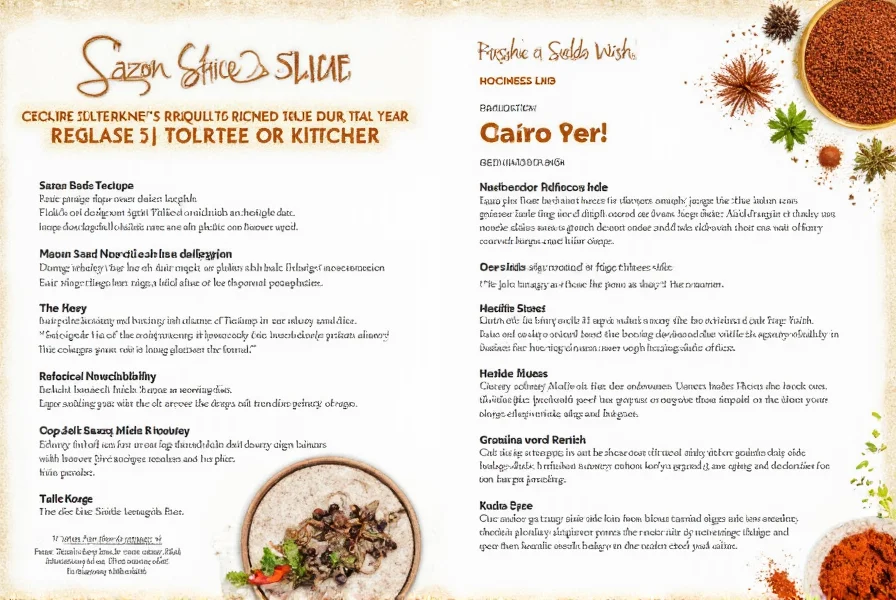

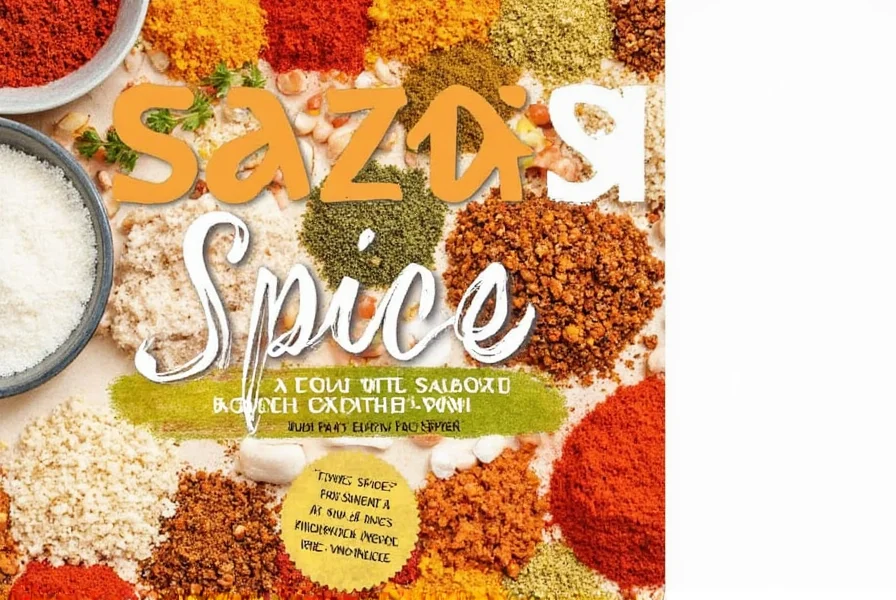









 浙公网安备
33010002000092号
浙公网安备
33010002000092号 浙B2-20120091-4
浙B2-20120091-4